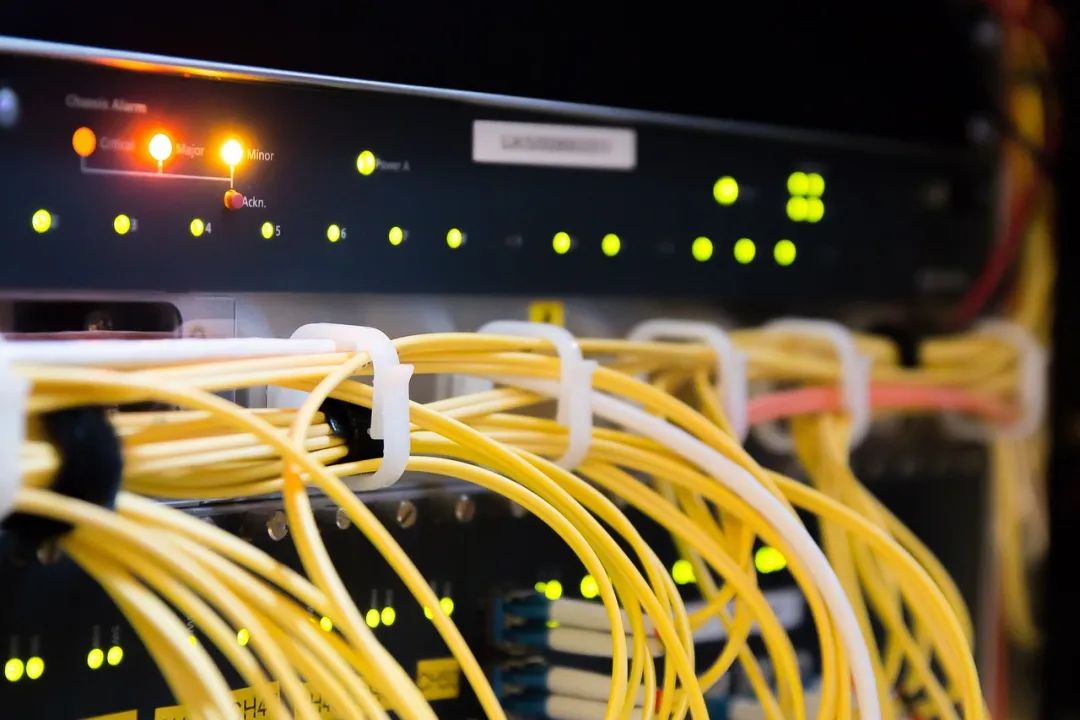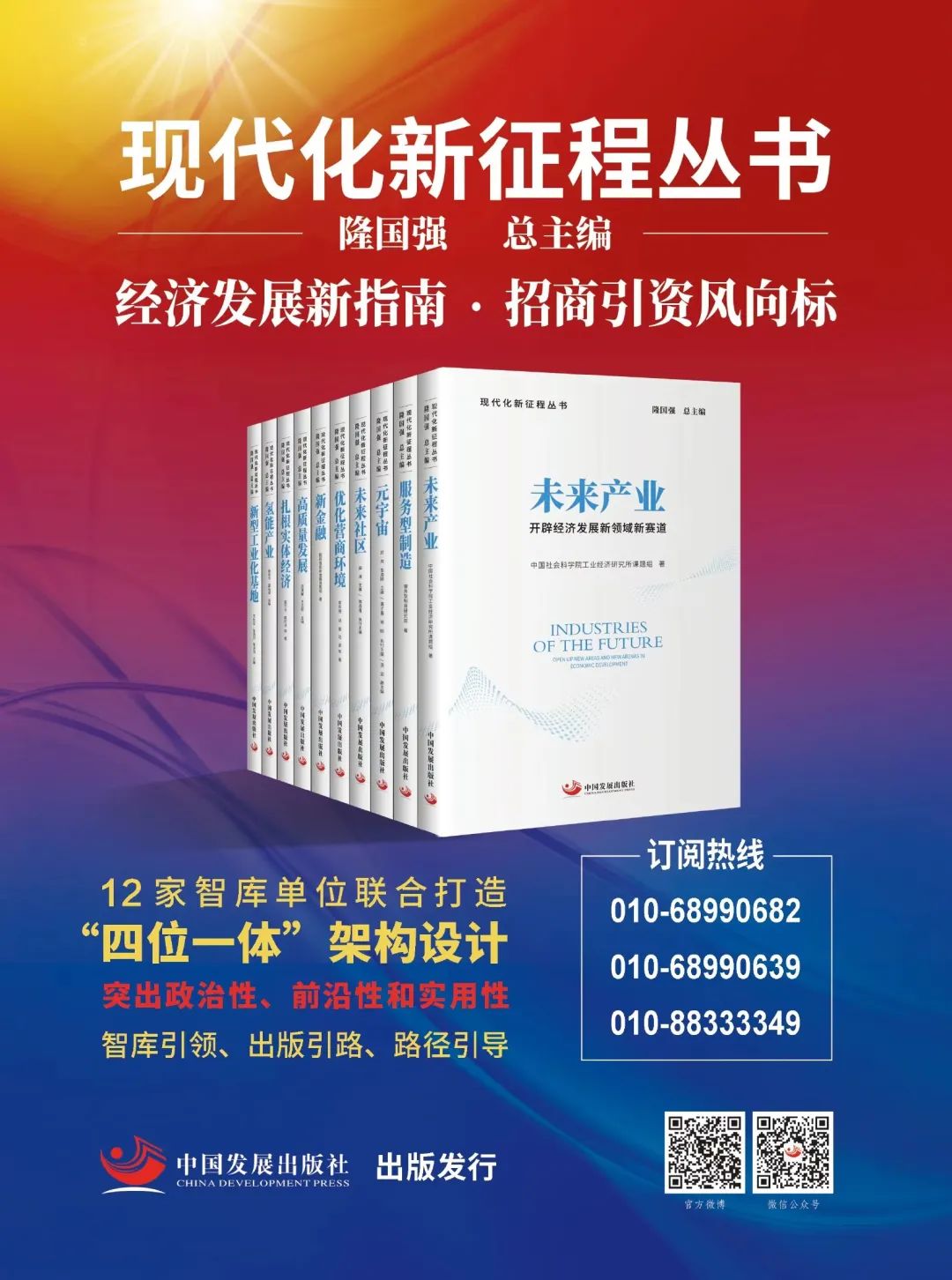The Internet of Things (IoT) is a new generation of information technology that deeply integrates sensing capabilities and information processing capabilities with the physical world. IoT enables information exchange and communication according to agreed protocols, ultimately achieving the localization, identification, and intelligent management of objects. IoT features such as identifiable, locatable, addressable, perceptible, and controllable will place greater emphasis on intelligence, universality, and security in the future. By applying various intelligent sensing technologies, it will achieve widespread interconnection of massive devices, ensure the security of data collection and transmission processes, and provide key technical support for the transition of traditional power grids to new power systems.

The IoT Features a “Four-in-One” Architecture System
The IoT can be divided into four layers: the perception layer, the network transmission layer, the platform management layer, and the comprehensive application layer. The perception layer consists of various devices with sensing capabilities, mainly achieving perception and identification of objects, including direct data collection, distribution, issuing data instructions, and edge computing analysis; the network transmission layer is primarily responsible for the transmission and communication of sensing data and control information, achieving information exchange and integration, and routing control; the platform management layer adopts a platform-based approach to build device management centers, connection management centers, security management centers, etc., unifying the management of various devices, monitoring the operational status of devices, supporting data reporting to the cloud, and building public services for IoT; the comprehensive application layer focuses on intelligent data analysis, combining various application scenario requirements to construct feasible IoT application solutions for multiple scenarios, forming an IoT application ecosystem. The “Four-in-One” architecture is consistent with the basic logic of the new power system and can be integrated for unified development.
Application Scenarios of IoT Technology in New Power Systems
The comprehensive perception and IP interconnection characteristics of IoT can effectively integrate the infrastructure resources of the power system and improve the level of digital management. In power grid equipment management, IoT can monitor and provide early warnings of the environmental, mechanical, and operational states of equipment in real-time, achieving target identification, intrusion behavior analysis, and regional positioning, enhancing the safety protection capabilities of the power grid. In renewable energy generation, IoT can assist in predicting the steady-state and dynamic characteristics of wind turbines, develop real-time monitoring and power forecasting applications for wind and solar power, thereby assisting in the operation, control, and protection of wind and solar energy. In energy storage, IoT helps determine the demand scale for pumped storage capacity due to large-scale renewable energy installations, enhancing the interconnection benefits of pumped storage power stations and improving capabilities for peak shaving, load shifting, and cross-basin compensation. In transmission line maintenance, IoT can monitor the safety status from various angles by networking various sensors with all-weather perception capabilities, improving the efficiency of transmission line patrol inspections. In smart substations, IoT technology can be combined to measure various electrical information such as remote measurement, remote control, and remote signaling of substation equipment, enabling real-time adjustment, protection, and automation control of substation operations, enhancing timeliness, integration, and safety.
(Written by Xu Qian, New Infrastructure Research Center, Development Research Center of the State Council)

END

This public account’s copyright belongs to the China Development Publishing House. For reprints or citations, please contact us and indicate the source of the reprint.
Follow Us